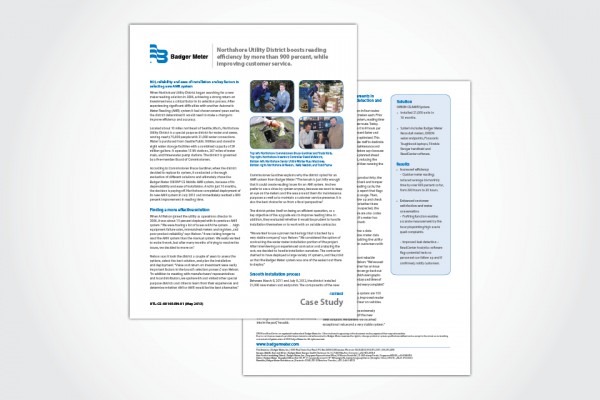When developed properly, case studies are a smart public relations and marketing tool that can help generate leads that translate into sales. Illustrating how your product or service helped a customer solve a challenge provides proof to others that you can achieve results.
The recipe for effective case study writing includes one part art and one part science. Typical case studies follow a challenge-solutions-results format. Start by identifying the issue; next, move on to explain how the problem was solved; and then, follow with the outcomes.
Here are seven tips to help you create compelling case studies.
-
Demonstrate How Your Product Solves an Important Issue
When identifying potential subject matter, consider: How significant is the business issue your solution addresses? How many other potential customers have the same or a similar issue? What metrics can you share? For example, did your solution: improve productivity, achieve cost savings or boost quality?
-
Write for Your Audience
Consider how you will use the case study at the outset and develop the content accordingly. If you plan to pitch it to a specific publication, blog or website, check to see if there are writer’s guidelines. Be careful not to make it too self-serving as that will turn off editors and publishers.
-
Include Specifics
Set up the piece with adequate background explaining the situation and circumstances so readers can relate to it from their own perspective. Specific details help to paint a picture in the minds of readers.
-
Draw Your Readers in with a Compelling Story
Describe the implementation of the solution and how your product resolves the customers’ issues. Tell the story from your customer’s standpoint and you’ll instantly boost credibility. Personalize it by using quotes and make sure it flows well.
-
Break up Copy with Images and Subheads
Photos and graphics are an excellent addition to written case study content. Besides making the piece more attractive, they help to clarify or underscore information and illustrate specific points. Benefit-driven subheads make longer content more appealing and easier to understand.
-
Make Your Results Sing with Facts and Figures
Be as specific as possible when you are describing results. Real numbers are important to provide proof of your claims.
-
Repurpose Your Work
Case studies can be an important piece of your overall content marketing strategy. Once your story is published in the press, revise it for use as a self-published case study sales tool, post it on your website or share it via social media. Or, be extra creative and develop a video or podcast version of your case study.
No matter the format, case studies are a tried-and-true public relations staple that continue to be relevant because of the third party credibility they provide for your organization. Do you have any additional tips or case study best practices to share? Please feel free to share them as comments.







